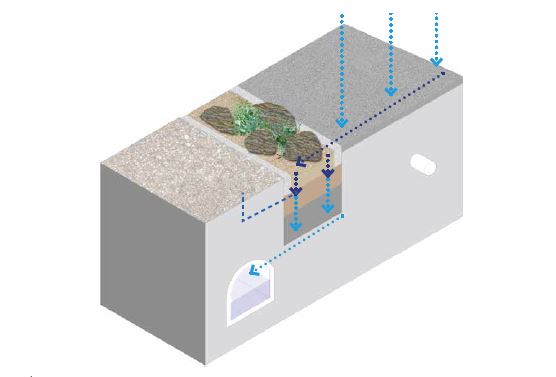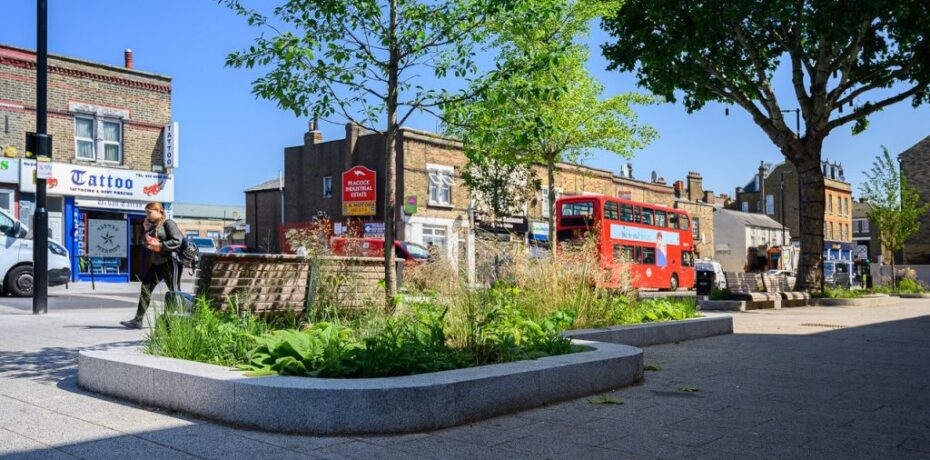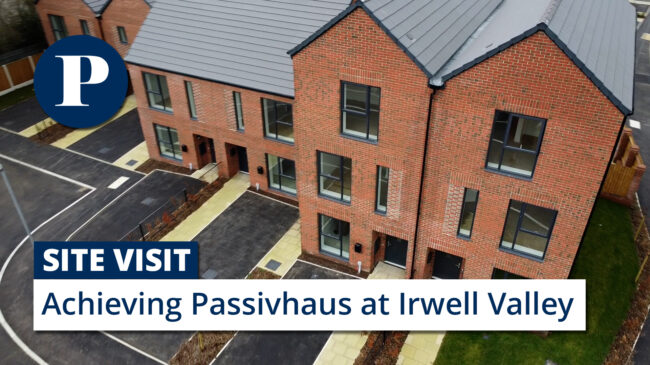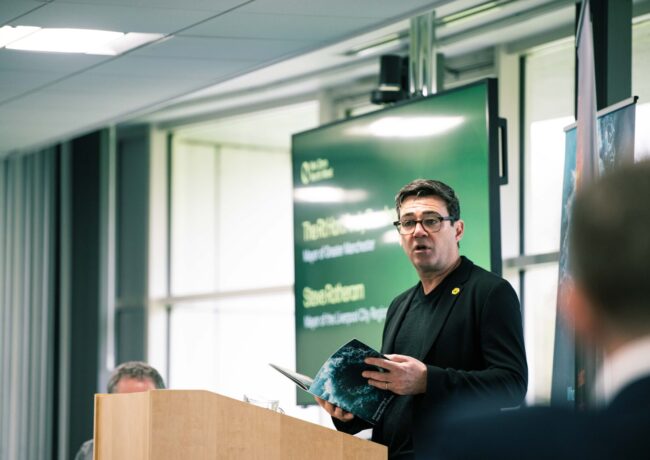Commentary
COMMENT | Weathering the storm: creating resilient cities
 In July, parts of the North West saw the entire month’s rainfall land in just a matter of hours, writes Stephen O’Malley of Civic Engineers. Move into August and the picture hasn’t really changed; we’re seeing unseasonal heavy, persistent rain and gale force winds.
In July, parts of the North West saw the entire month’s rainfall land in just a matter of hours, writes Stephen O’Malley of Civic Engineers. Move into August and the picture hasn’t really changed; we’re seeing unseasonal heavy, persistent rain and gale force winds.
As a result, bridges have collapsed, densely populated urban areas has flooded, major roads have closed, festivals and public events have been cancelled, and public transport has been severely affected. Yet just a couple of weeks before that we were all sleeping with our windows open in stifling temperatures.
We’re all aware that climate change is happening, and we know that in the future we’re likely to experience more extreme weather. Given this, there is much talk about the work taking place to make our towns and cities more resilient.
Is enough being done and what more could we do? What is happening differently across our built environment to respond to these shifting environmental patterns?
There’s no doubt we do need to be braver, bolder and quicker in our approach. As designers we have a responsibility to think differently.
We must ensure our towns and cities are designed in such a way that our buildings and our urban infrastructure are resilient, have a positive impact on the environment and at the same time are attractive so that people want to live, work and visit them.
The fundamental changes that we need start with travelling less, then pursuing a strategy of biomimicry. Biomimicry is the design and production of materials, structures and systems that are modelled on biological entities and processes. In terms of urban infrastructure – a major factor in determining the pattern of our lifestyles – this means engineering less and working much more closely with nature and responding sensitively to the local geography.
So what does this look like in practice? It’s about including elements in our designs such as:
Creating neighbourhoods that require us to travel less
We need to arrange neighbourhoods in a way that make it less necessary to travel by car, but that still provides attractive, safe and convenient access, reduces air pollution, improves public health through active travel and enhances our sense of wellbeing and community, creating the opportunity for people to casually meet as they move through their neighbourhoods.
Less heavy engineering in the form of highways
This means we can repurpose this space for other, more positive uses. This can range from outdoor seating, playing and social spaces, to dedicated space for cycling, trees or grass.
Creating space for trees

Rain gardens are designed to absorb a large portion of the surface water run-off and release it slowly into the drainage system or soil
Landscaping can offer up the dual benefit of amenity and climate adaptation. In the North West this could mean the provision of rain gardens. These are pockets of planting that have been designed and positioned to collect and contain rainwater, which can then be slowly released back into the drainage system or allowed to seep back into the soil below.
These interventions can have a huge positive impact on the risk of flooding, taking water out of the drains or slowing down the rate at which the water enters the drainage system, creating storage and flood resilience.
Provision of green spaces in our urban landscapes
This creates opportunities for nature to colonise our cities. These little eco systems can house insects, which in turn attracts birds and other wildlife. Considered alongside the storage and management of rainwater, we can repopulate our cities with a network of nature, allowing us to have a front row seat to interact and appreciate the natural seasonal cycle in a meaningful way and all the wellbeing benefits this brings.
These elements are not just nice to have in our streets and public spaces. It is proven that neighbourhoods and the subsequent lifestyles that respect these natural rhythms are healthier and they are also inherently more sustainable in terms of their impact on our environment.
 If we’re protecting our own wellbeing and acting responsibly for our planet, surely everyone is a winner?
If we’re protecting our own wellbeing and acting responsibly for our planet, surely everyone is a winner?
- Stephen O’Malley is founding director of Civic Engineers





Great read. Fills me with hope for our city, our country, our planet that there are designers out there on the same wave length. Keep at it!
By Matt Pickering
Stop building on flood-meadows.
By James Yates